Incredibly well-preserved artefacts from the Roman era have discovered in the wreck of a ship which sank some 1,600 years ago.
Coins and fragments of life-size bronze statues have been found in an “amazing state” of preservation thanks to coatings of sand.
The remains of the vessel, thought to be a merchant ship carrying metal to be melted down and recycled, were discovered in the harbour of Caesarea in Israel.
It is thought that they had laid there untouched for centuries, before they were discovered by two divers last month.
One of the divers, Ofer Raanan, said: “I dive here every other weekend and I never found anything like that ever."
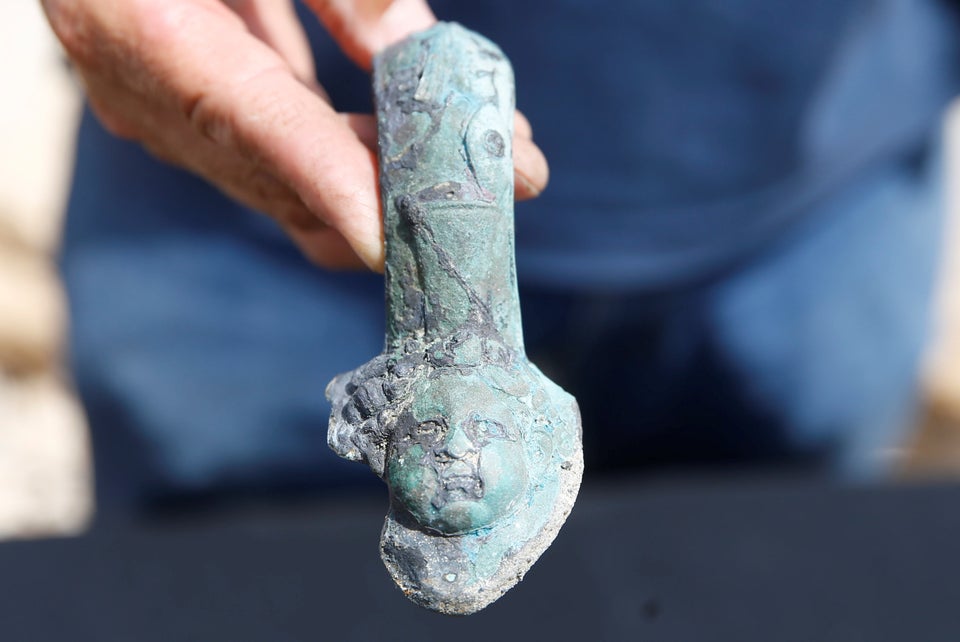

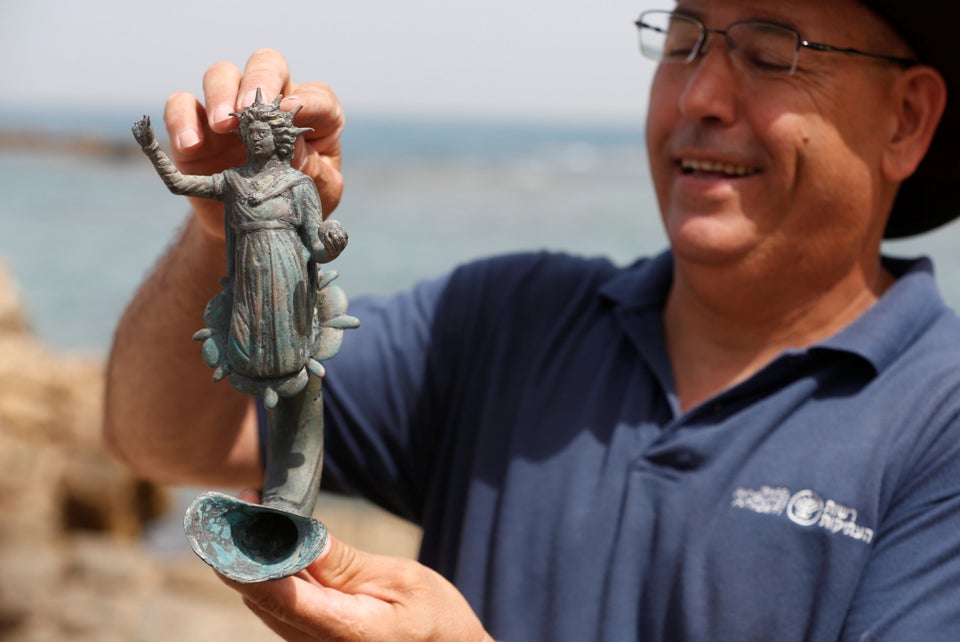
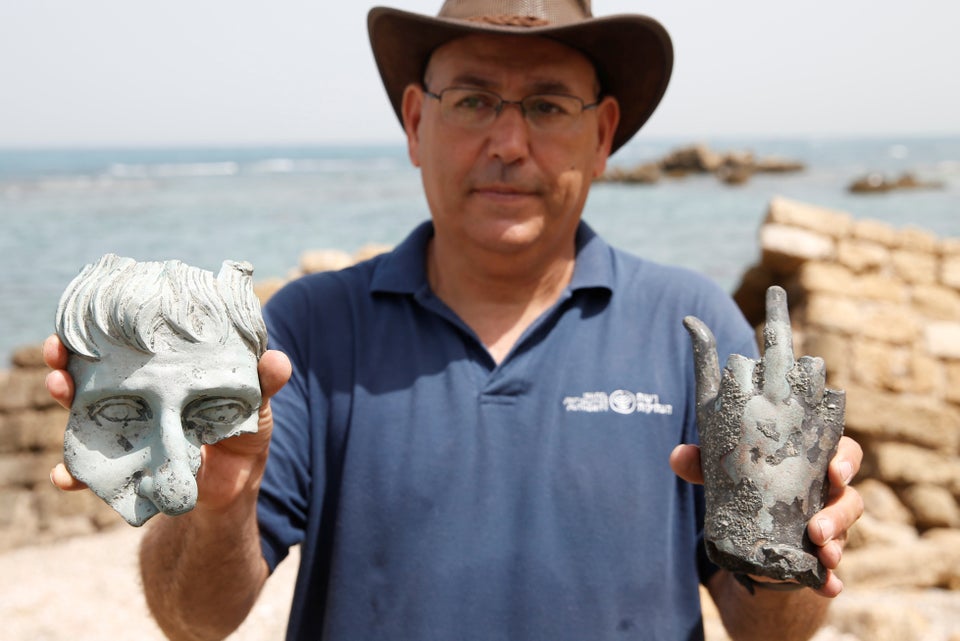
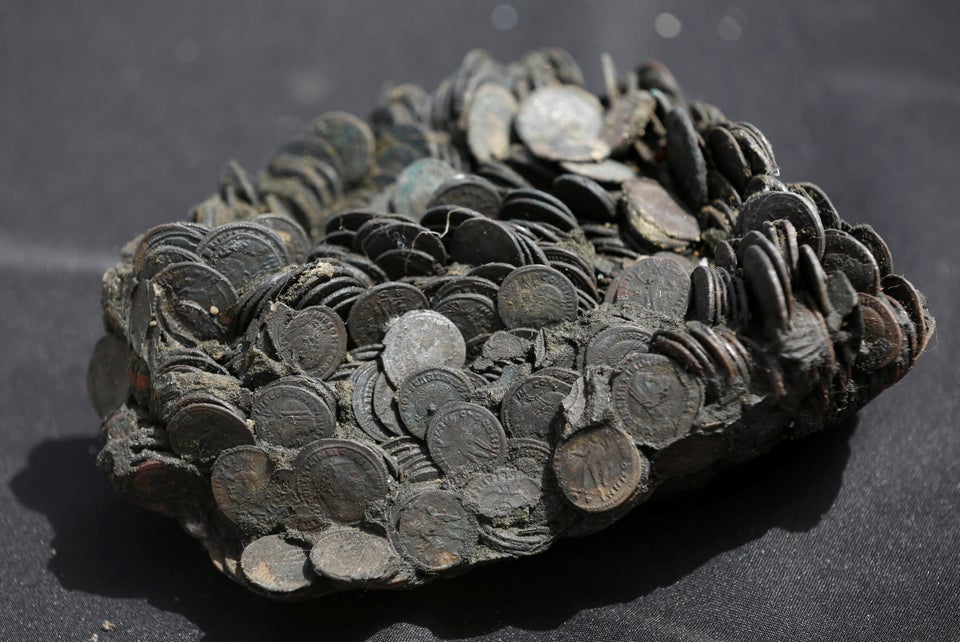
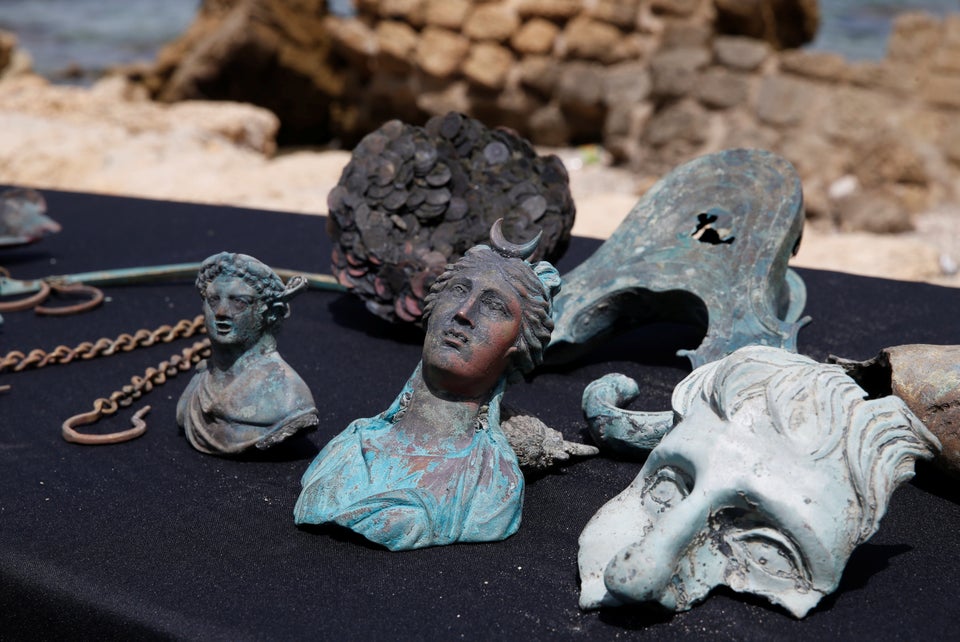
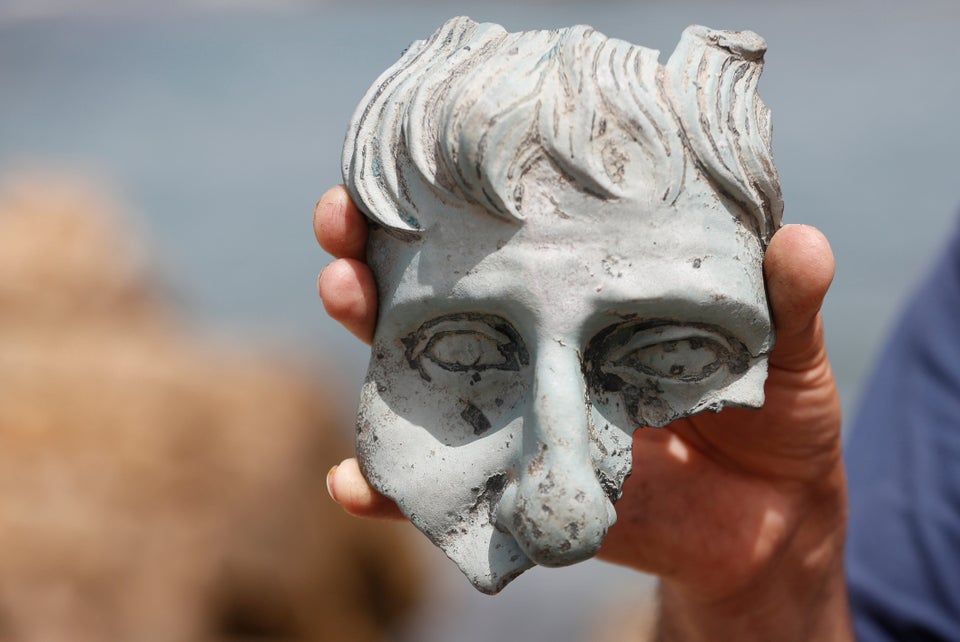
In a statement, Jacob Sharvit, director of the Marine Archaeology Unit of the Israel Antiquities Authority (IAA) and Dror Planer, deputy director of the unit, said: “These are extremely exciting finds, which apart from their extraordinary beauty, are of historical significance.
“The location and distribution of the ancient finds on the seabed indicate that a large merchant ship was carrying a cargo of metal slated recycling, which apparently encountered a storm at the entrance to the harbour and drifted until it smashed into the seawall and the rocks.”
They added: “A marine assemblage such as this has not been found in Israel in the past thirty years.
“Metal statues are rare archaeological finds because they were always melted down and recycled in antiquity. When we find bronze artefacts it usually occurs at sea. Because these statues were wrecked together with the ship, they sank in the water and were thus ‘saved’ from the recycling process.
“In the many marine excavations that have been carried out in Caesarea only very small number of bronze statues have been found, whereas in the current cargo a wealth of spectacular statues were found that were in the city and were removed from it by way of sea.
“The sand protected the statues; consequently they are in an amazing state of preservation – as though they were cast yesterday rather than 1,600 years ago”
The IAA said that the coins were found to bear the image of the emperor Constantine who ruled the Western Roman Empire (312–324 CE) and was later known as Constantine the Great, ruler of the Roman Empire (324–337 CE). Also appearing on the currency was Licinius, an emperor who ruled the eastern part of the Empire and was a rival of Constantine until he was defeated by him.
Sharvit and Planer added: "The range of finds recovered from the sea reflects the large volume of trade and the status of Caesarea’s harbour during this time, which was known as period of economic and commercial stability in the wake of the stability of the Roman Empire.
“The crew of the shipwreck lived in a fascinating time in history that greatly influenced humanity – the period when Christianity was on its way to becoming the official religion of the Roman Empire. It was at this time that Emperor Constantine put a halt to the policy of persecuting Christians, and the faithful in Caesarea, as well as elsewhere in the Roman Empire, were given the legitimacy to practice their belief through the famous Edict of Milan that proclaimed Christianity was no longer a banned religion.”
